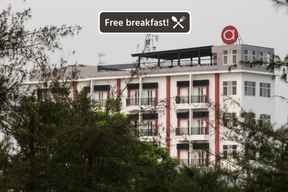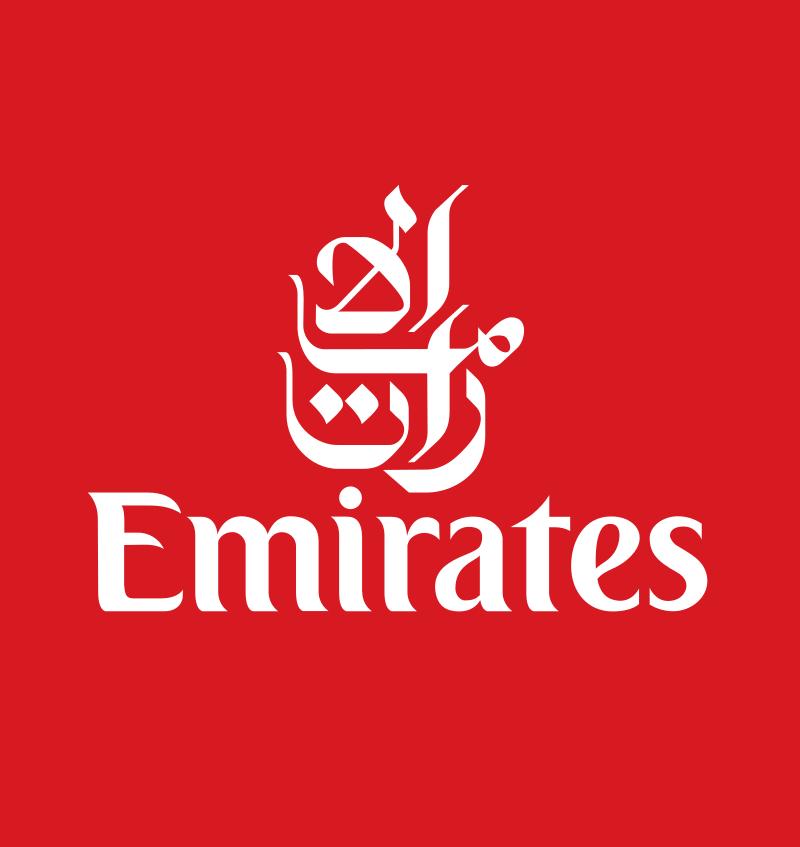
Cheap Flights to Bengkulu
Flight Information to Bengkulu
Shortest flight duration
1 hr(s), 15 mins

Direct flight to Bengkulu
Which is the cheapest month to book a flight to Bengkulu (BKS)?
Flight Schedule to Bengkulu
Airline | Departure Time | Arrival Time | Origin Airport | Destination Airport | |
|---|---|---|---|---|---|
 Super Air Jet | 06:05 | 07:20 | Jakarta (CGK) | Bengkulu (BKS) | Book Flight |
 Super Air Jet | 10:00 | 11:15 | Jakarta (CGK) | Bengkulu (BKS) | Book Flight |
 Garuda Indonesia | 12:50 | 14:10 | Jakarta (CGK) | Bengkulu (BKS) | Book Flight |
 Batik Air | 13:35 | 14:50 | Jakarta (CGK) | Bengkulu (BKS) | Book Flight |
 Batik Air | 15:15 | 16:30 | Jakarta (CGK) | Bengkulu (BKS) | Book Flight |
The optimal time to book your flight to Bengkulu
Seat Class Comparison: Find Your Perfect Fit
Cheapest Day to Fly to Bengkulu (BKS)
Here is the average price by airline to Bengkulu (BKS).
<h1><strong>Flights to Bengkulu, Indonesia</strong></h1>
Bengkulu is a province of Indonesia, located in the southwest coast of Sumatra. It was formed on 18th November 1968 by separating the former Bengkulu Residency area from the province of South Sumatra under Law No.9 of 1967 and was finalized by Government Regulation No.20 of 1968. It is bordered by the provinces of West Sumatra to the north, Jambi to the northeast, Lampung to the southeast, South Sumatra to the east, and the Indian Ocean to the northwest, south, southwest and west.
Airports in Bengkulu
Fatmawati Soekarno International Airport
Fatmawati Soekarno International Airport, formerly known as Padangkemiling Airport, is an airport in Bengkulu, a city in the Bengkulu province of Indonesia. This airport is named after Fatmawati Soekarno, the First Lady of Indonesia, wife of Soekarno, the first President of Indonesia who was born in the town. The distance from the city to this airport is about 14km.
How to Get Cheap Flights to Bengkulu?
Traveloka is a travel search engine that makes it easy for travelers to find the cheapest flights to Bengkulu.All you need to do is key in the information in the search box, and the application will recommend the best trip according to your budget. It compares flight prices across some trusted airlines to help you to get the best possible deal. Use Traveloka’s price alert feature to be notified of flights in your desired price range to get the best flight price to Bengkulu.
When is the Best Time to Fly to Bengkulu?
The average temperatures in Bengkulu vary barely at all. The temperature feels hot all year with a chance of rain throughout most of the year. The area is far less temperature than some in the 3rd percentile for pleasant weather, compared to tourist destinations worldwide. If you are looking for the very warmest time to visit Bengkulu, the hottest months are April, May, and June. The warmest time of year is generally late May where highs are regularly around 32.1 0C with temperatures rarely dropping below 23.6 0C.
What are the Top 3 Things to Do in Bengkulu?
Curup - It is a town and district of Rejang Lebong Regency, part of Bengkulu Province of Indonesia. It is also the administrative capital of the regency. Curup is the second-largest town in the province of Bengkulu. Curup district has an area of 4.64 km2, consisting of nine Administrative villages, with 28173 residents at the 2010 Census. However, the urban area which Curop District is the centre, including also South Curup, North Curup, Central Curup and East Curup Districts. Covered about 101.3 km2 and had a 2010 Census population of 115909. Curup is the main producing areas of rice, vegetables and coffee in Bengkulu Province, whose harvest are sent to Palembang, Jambi, Padang, Lampung and Jakarta. Some of the famous tourist spots is Suban Hot Spring, Bastari Lake, Mount Kaba, Waterfall in Kepala Curup, Tabarena and prehistoric sites such as Panco Stome. This area is also known as the habitat of Rafflesia.
Enggano Island - Enggano Island is about 100 km southwest of Sumatra, Indonesia. It is one of the 92 officially listed outlying islands of Indonesia. Enggano is about 35 km long from east to west and about 16 km wide from north to south. Its area is 402.6 sq km, the average elevation is about 100 metres, and the highest point is 281 metres. Politically, it is a subdistrict of the North Bengkulu Regency of the Indonesian province of Bengkulu. The three largest towns on the island are Barhau, Kabuwe and Kayaapu. According to the Indonesian Kantor Statistik for Bengkulu, the island had 1420 inhabitants in 1989. This number rises, according to the Pukesmas, 20 1635 by 1994, with 64% of the population claiming descent from the Engganese people.
Fort Marlborough - Fort Marlborough also known as Malabero is an English fort located in Bengkulu City, Sumatra. It was built between 1713 – 1719 by the East India Company under the leadership of Governo Joseph Collet as a defensive fort for the British East India Company’s Residency there. It was one of the strongest British forts in the eastern region, second only to Fort St. George in Madras, India.
Frequently Asked Questions about Flight to Bengkulu
The question "how many hours to fly to Bengkulu" of course adjusts to your departure to Bengkulu. It also adjusts to the duration of the flight to Bengkulu. You can periodically check the Flight Status to Bengkulu via Flight Status Traveloka.
Get a special discount for New User on App!
Code:BOOKTRAVELOKA
Interesting Activities in Fatmawati Soekarno
Popular Airline
Unique travel plans? Find cheap flights, airline tickets, and flexible options here
Popular Routes from Fatmawati Soekarno
Popular Routes to Bengkulu
Popular Airline to Bengkulu
Popular Destinations
Popular Routes
Popular Airlines
Popular Airline & Destination
Popular Airports




















































































 Facebook
Facebook Instagram
Instagram TikTok
TikTok Youtube
Youtube Telegram
Telegram